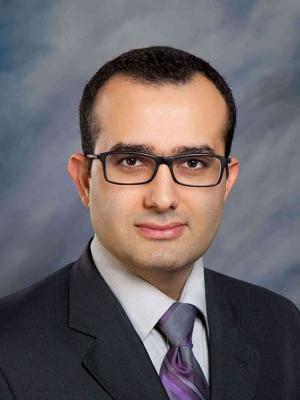We’re Stronger Together
With your help, we can advance education and improve student success in our community.


Assistant Professor, School of Dentistry, General Dentistry
With your help, we can advance education and improve student success in our community.